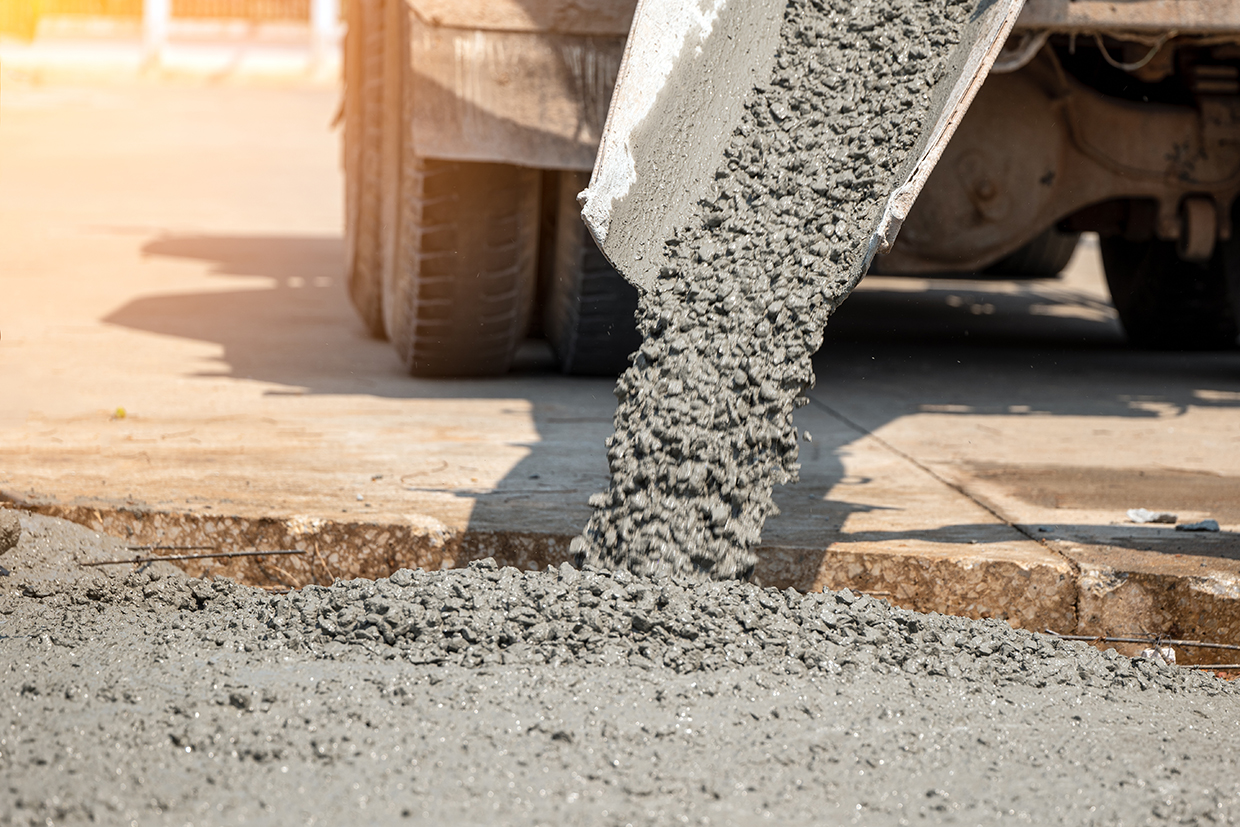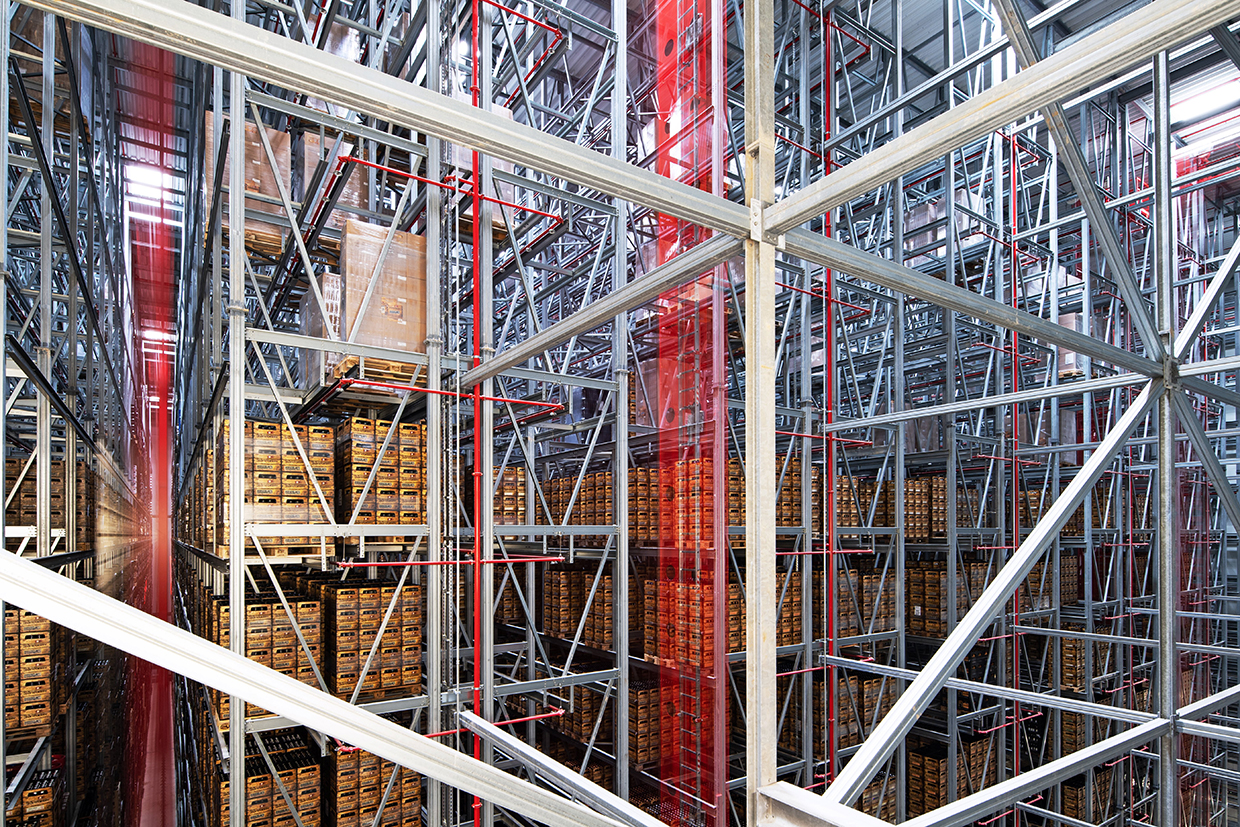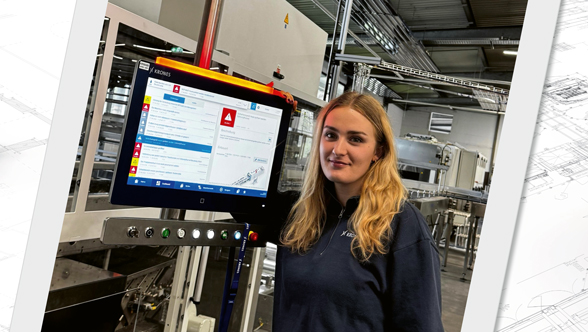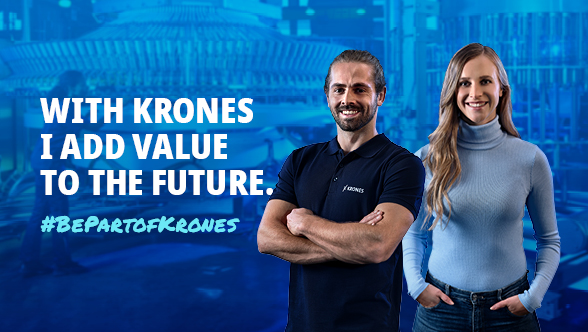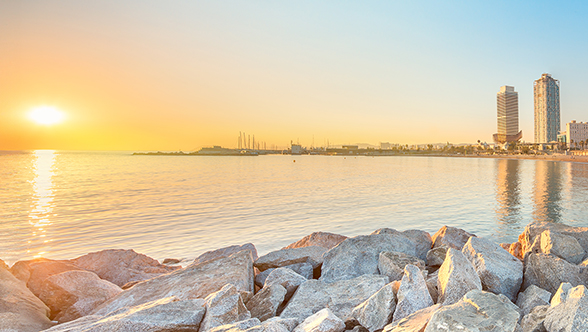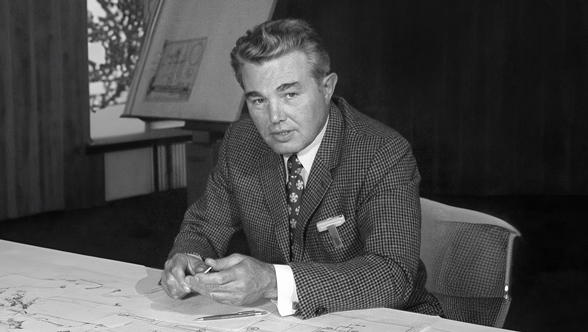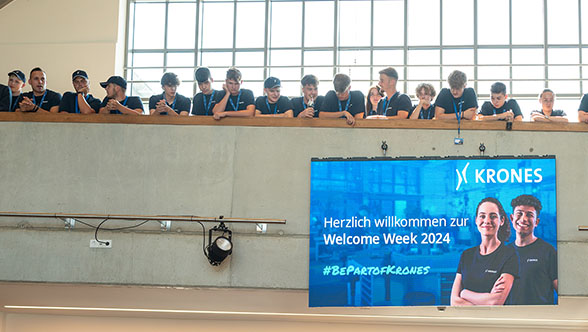These days, there is probably not a single construction project that doesn’t involve concrete. And the material has become indispensable for Krones, too – not only for the construction and modernisation measures currently in progress, but also for the realisation of customer projects, starting with the base plates which have to bear the weight of plant and machinery weighing several tonnes or even an entire high-bay warehouse.
Concrete offers some outstanding benefits: Not only is it stable, long-lasting, and easily formable, but it also absorbs sound, stores heat, and is non-combustible.
Despite all the positive aspects that the construction material has, though, it is less than ideal for the climate. That’s because, in addition to water, a binder and aggregate, the manufacture of concrete also requires cement. This consists of a mixture of limestone and clay which is ground into powder and then dried. In the next step this blend is burned in a furnace at about 1,450 degrees Celsius. That requires a huge amount of energy, which in turn generates a lot of CO2. Around one third of the overall emissions from the manufacture of cement are produced when heating the furnace. The greatest share of the CO2 is released by the limestone itself, however: Burning just one tonne of cement emits around 600 kilograms. Overall, some 20 million tonnes of CO2 are produced in Germany each year, as much as 2.8 billion tonnes worldwide.
The use of concrete is just one example of the indirect CO2 output of the projects we realise for customers. But there are other causes of CO2 emissions, too, such as the production of steel or the journeys that trucks make to deliver the necessary components to the sites. All these aspects play a role in the scope 3 emissions of Krones – and have a corresponding impact on our carbon footprint.

